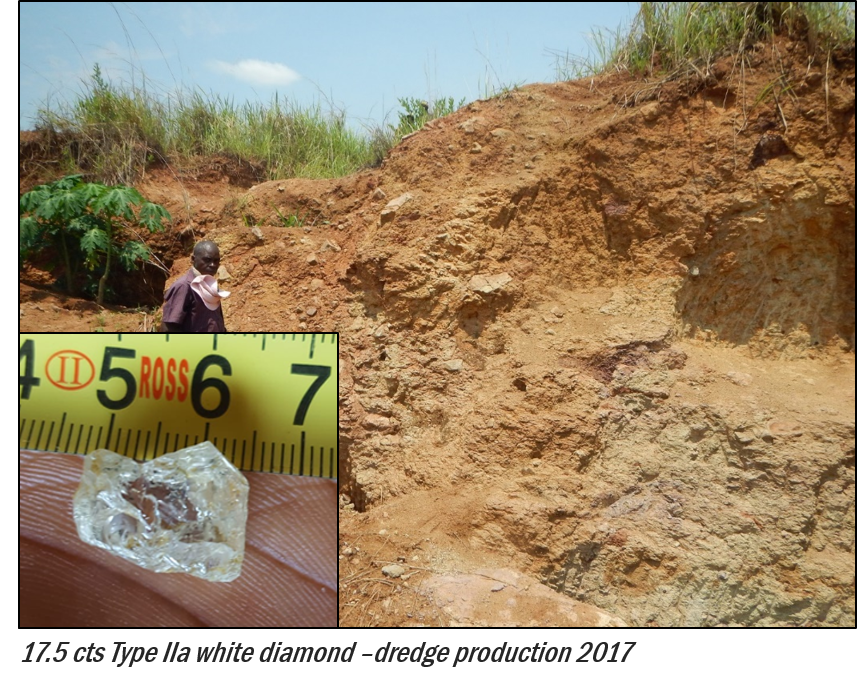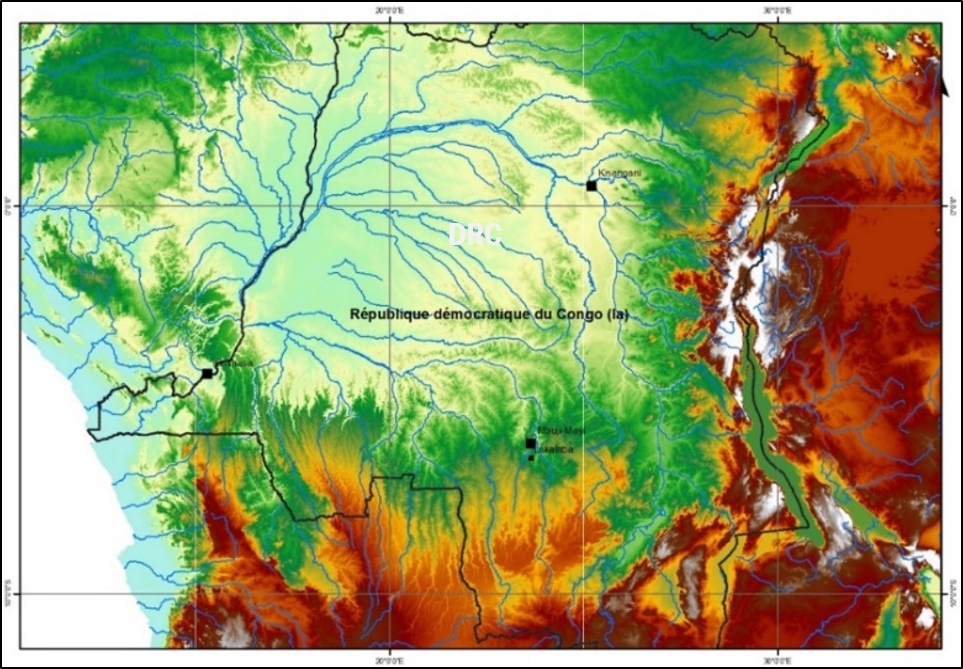


The “rush” saw artisanals intensely working diamondiferous gravels trapped in a highly irregular, rough dolomitic pinnacle terrain that reflected karst dissolution in the Proterozoic carbonate rocks that overlie Archaean Basement.
With the passage of time, after the “rush” had long died out, the artisanals came to refer to the softer, non-pinnacle area as “kimberliet”.
However, this non-pinnacle area had an unusual, elongated shape that was decidedly atypical with respect to known kimberlite bodies.


During a field visit in September 2018, a ca. 10 ha Late Cretaceous-age kimberlite pipe was confirmed as a new discovery of a diamondiferous primary source.
The eluvial diamondiferous lag gravels overlying this kimberlite pipe were mined out by artisanal miners, approximately 30 years ago. Subsequently, only limited and sporadic artisanal mining has taken place.
Consequently, the bulk of this kimberlite pipe is unmined, and the diamond content (grade) and revenue (USD per carat) is unknown.
At least two main volcaniclastic domains and a small siliciclastic crater type facies were recognised in the KIMs-rich Target 1 kimberlite.
The presence of crude stratification, abundant crustal xenoliths of Cretaceous-age sandstone and mudstone, in places forming breccias, point to a kimberlite pipe rather than a root zone setting for the Target 1 kimberlite.
The Target 1 kimberlite is predicted to be of Late Cretaceous age similar to the MJM kimberlite cluster.


Two dolomite-free areas, apparently not related to sinkholes, were also identified as potential kimberlitic anomalies (Target 2 and 3) in the greater Target 1 Area during the September 2018 field visit.
Both Target 2 and 3 are in excess of 10 ha each with a 5-10 m thick overburden of red soil.
Both Target 2 and 3 were intensely dug by artisanal miners approximately 30 years ago, using the Majimba Method (manual large diameter vertical holes with basal tunnelling).
Coarse angular to sub-rounded KIMs, notably ilmenite and garnet grains as well as diamonds, were recovered from the lag gravels above a weathered bedrock of unknown composition at both Target 2 and 3.
Target 1 has an unusual atypical kimberlite pipe shape, being about 1 000 m long and between 100 m to 120 m wide. The overburden cover is mostly <1 m thick.
Some 200 m to 300 m erosion is estimated off the top of the original pipe, which must have flared outwards into the overlying soft Cretaceous cover to give a flat “champagne” type shape.
The possible extension or satellite pipe is postulated to lie to the south of Target 1.
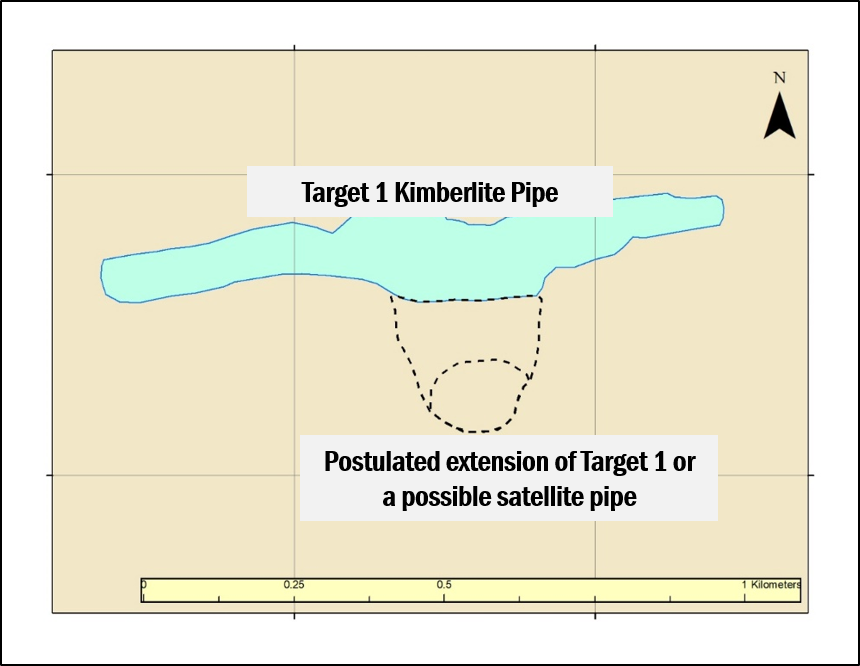

Target 2 (Anomaly 1), demarcated by no dolomite pinnacles and abundant historical artisanal diggings through ca. 8 m red soil cover, was identified along a structural extension running to the west of Target 1, coarse (>10 mm), angular ilmenites were recovered from a weathered footwall in an artisanal pit by Dr John Ward.
Target 3 (Anomaly 2), ca. 4 km NW of Target 1, was intensely dug by artisanals approximately 30 years ago through a ca. 5 m red soil cover. Currently abandoned by artisanals.
Phase 1 Budget: ca. $3.87M
Initial Risk Capital to initiate Project:
$969 885 (included in Phase 1 budget)
Deliverables:
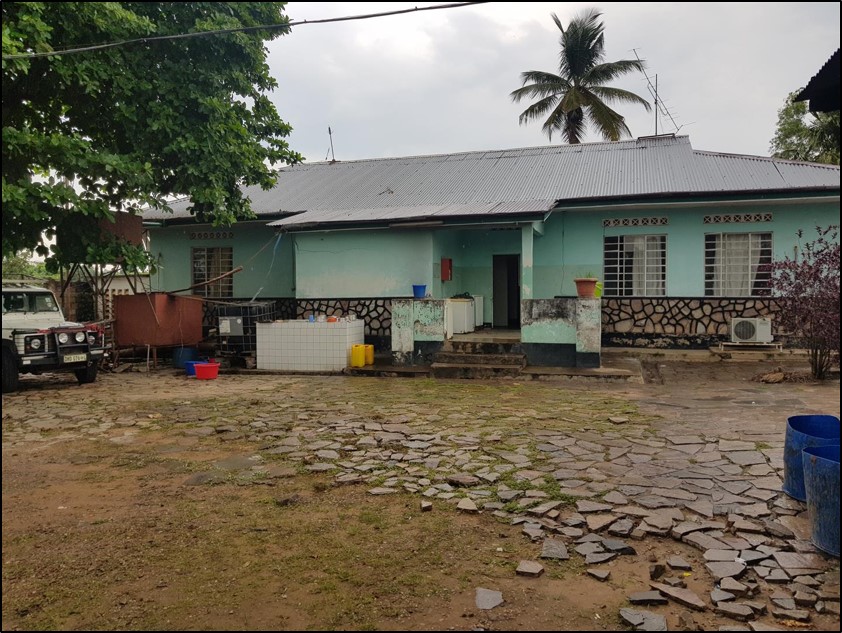
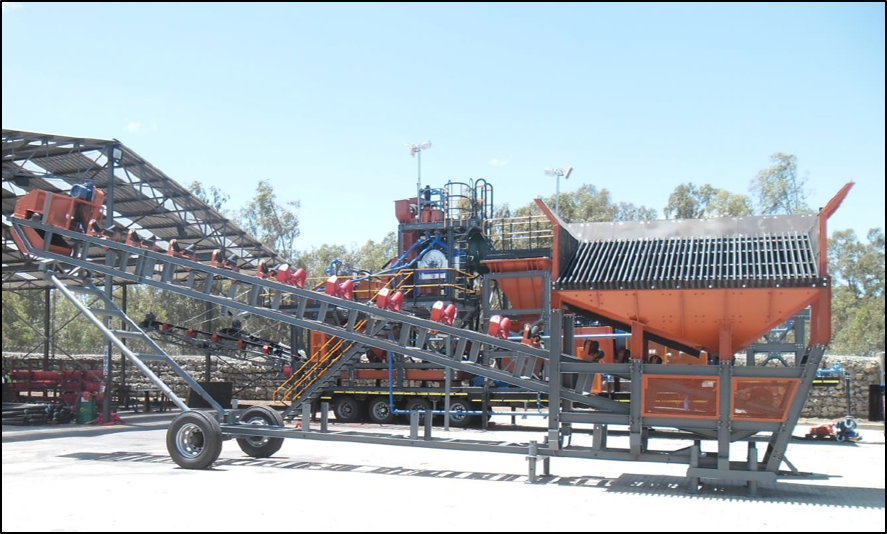
Phase 2 Budget: ca. $5.54M
Deliverables:
Plant Specifications:
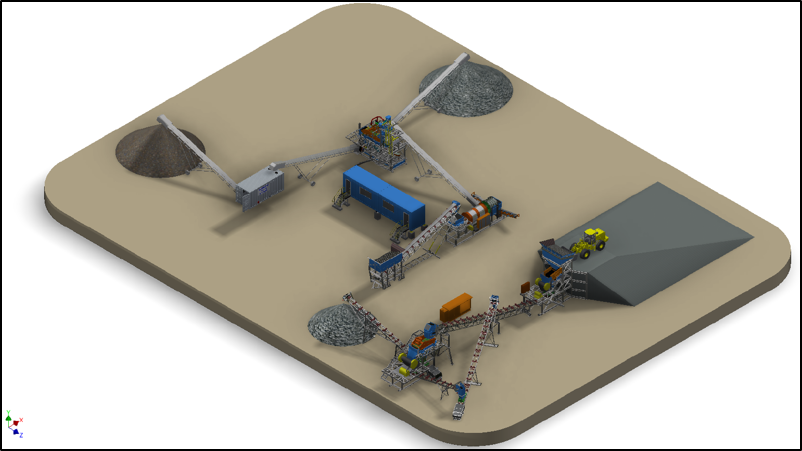
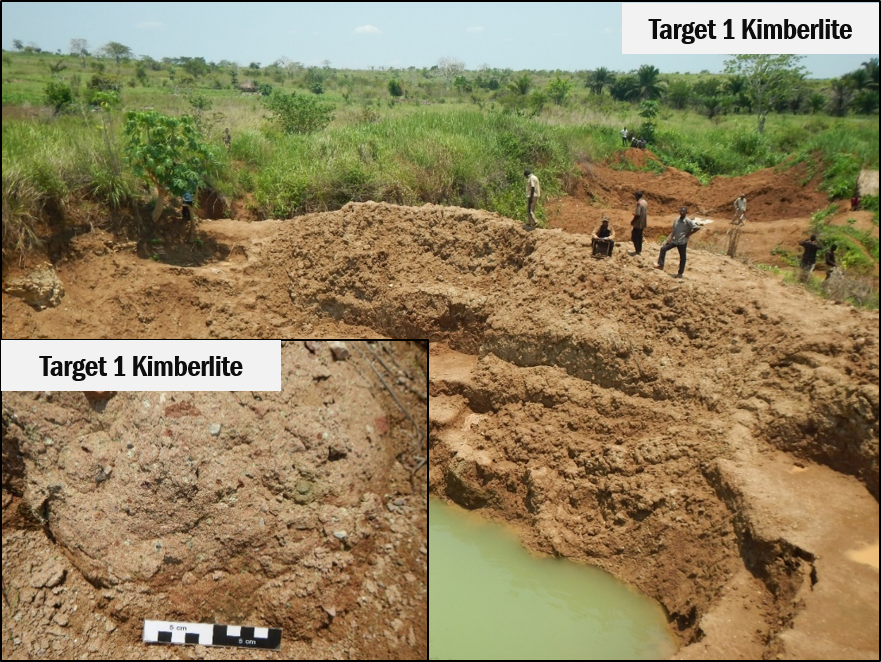
Phase 3 Budget; ca.$8.73M
Deliverables:
Phase 4 Budget: ca.$1.73M
Deliverables:
